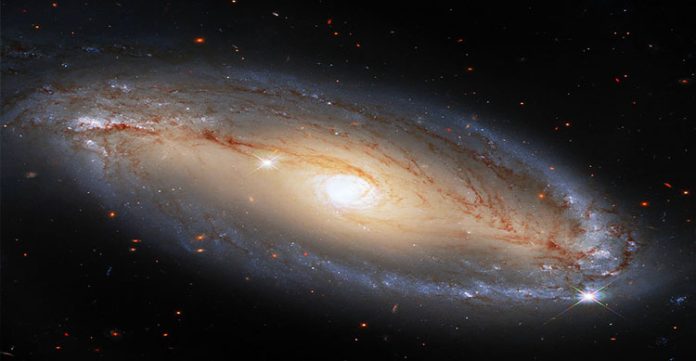The Hubble Space Telescope, global cooperation among NASA and ESA (European Space Agency), has distinguished a spiral galaxy around 130 million light-years from Earth that exhibits a heavenly eye.
Hubble’s Wide Field Camera 3 (WFC3) caught the system – NCG 5728 – which seems, by all accounts, to be a rich and brilliant, an ESA proclamation said.
WFC3 is amazingly delicate to noticeable and infrared light and subsequently perfectly caught the districts of NGC 5728 that are discharging light at those frequencies.
In any case, there are numerous different kinds of light that worlds, for example, NGC 5728 produce, which the WFC3 can’t see.
NGC 5728 is additionally a fantastically fiery sort of world, known as a Seyfert universe.
Fueled by their dynamic centers, Seyfert universes are an incredibly vigorous class of cosmic systems known as dynamic galactic cores (AGNs). This AGNs at its center radiates brilliantly because of the gas and residue heaved around its focal dark opening.
There are various sorts of AGNs, however Seyfert worlds are recognized from different universes with AGNs on the grounds that the cosmic system itself is unmistakably seen, ESA said.
Other AGNs, like quasars, produce such an excess of radiation that it is extremely difficult to notice the universe that houses them.
In the new picture “NGC 5728 is unmistakably noticeable, and at apparent and infrared frequencies it looks very typical”, ESA said.
“It is captivating to realize that the universe’s middle is discharging immense measures of light in pieces of the electromagnetic range that WFC3 simply isn’t touchy to! Just to confuse things, the AGN at NGC 5728’s center may really be emanating some noticeable and infrared light – however it could be hindered by the residue encompassing the cosmic system’s center,” the statement said.


